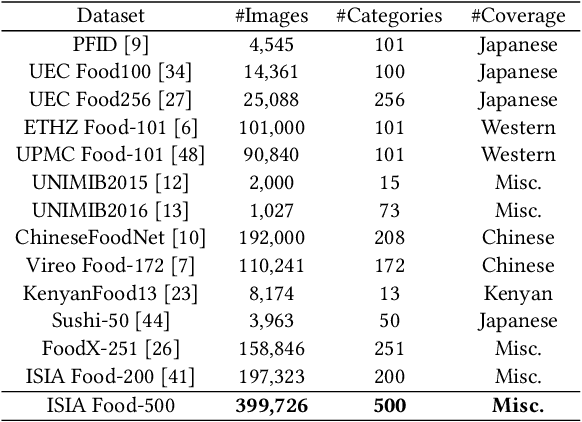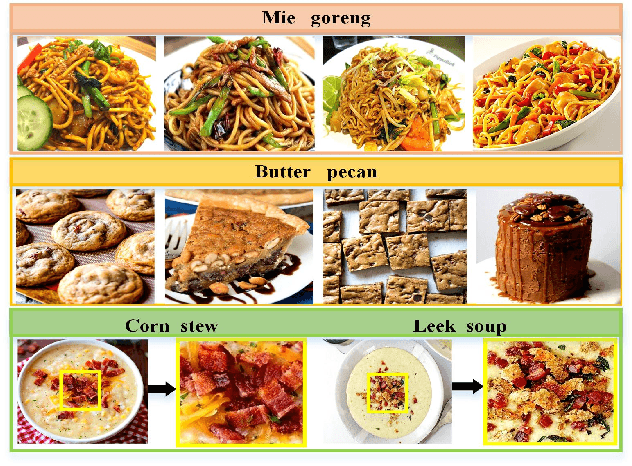Zhengdong Luo
A Survey on Blockchain-based Supply Chain Finance with Progress and Future directions
Aug 14, 2024Abstract:Supply Chain Finance is very important for supply chain competition, which is an important tool to activate the capital flow in the supply chain. Supply Chain Finance-related research can support multiple applications and services, such as providing accounts receivable financing, enhancing risk management, and optimizing supply chain management. For more than a decade, the development of Blockchain has attracted widely attention in various fields, especially in finance. With the characteristics of data tamper-proof, forgery-proof, cryptography, consensus verification, and decentralization, Blockchain fits well with the realistic needs of Supply Chain Finance, which requires data integrity, authenticity, privacy, and information sharing. Therefore, it is time to summarize the applications of Blockchain technology in the field of Supply Chain Finance. What Blockchain technology brings to Supply Chain Finance is not only to alleviate the problems of information asymmetry, credit disassembly, and financing cost, but also to improve Supply Chain Finance operations through smart contracts to intelligent Supply Chain Finance and in combination with other technologies, such as artificial intelligence, cloud computing, and data mining, jointly. So there has been some work in Blockchain-based Supply Chain Finance research for different Supply Chain Finance oriented applications, but most of these work are at the management level to propose conceptual frameworks or simply use Blockchain without exploiting its deep applications. Moreover, there are few systematic reviews providing a comprehensive summary of current work in the area of Blockchain-based Supply Chain Finance. In this paper, we ...
ISIA Food-500: A Dataset for Large-Scale Food Recognition via Stacked Global-Local Attention Network
Aug 13, 2020



Abstract:Food recognition has received more and more attention in the multimedia community for its various real-world applications, such as diet management and self-service restaurants. A large-scale ontology of food images is urgently needed for developing advanced large-scale food recognition algorithms, as well as for providing the benchmark dataset for such algorithms. To encourage further progress in food recognition, we introduce the dataset ISIA Food- 500 with 500 categories from the list in the Wikipedia and 399,726 images, a more comprehensive food dataset that surpasses existing popular benchmark datasets by category coverage and data volume. Furthermore, we propose a stacked global-local attention network, which consists of two sub-networks for food recognition. One subnetwork first utilizes hybrid spatial-channel attention to extract more discriminative features, and then aggregates these multi-scale discriminative features from multiple layers into global-level representation (e.g., texture and shape information about food). The other one generates attentional regions (e.g., ingredient relevant regions) from different regions via cascaded spatial transformers, and further aggregates these multi-scale regional features from different layers into local-level representation. These two types of features are finally fused as comprehensive representation for food recognition. Extensive experiments on ISIA Food-500 and other two popular benchmark datasets demonstrate the effectiveness of our proposed method, and thus can be considered as one strong baseline. The dataset, code and models can be found at http://123.57.42.89/FoodComputing-Dataset/ISIA-Food500.html.
 Add to Chrome
Add to Chrome Add to Firefox
Add to Firefox Add to Edge
Add to Edge